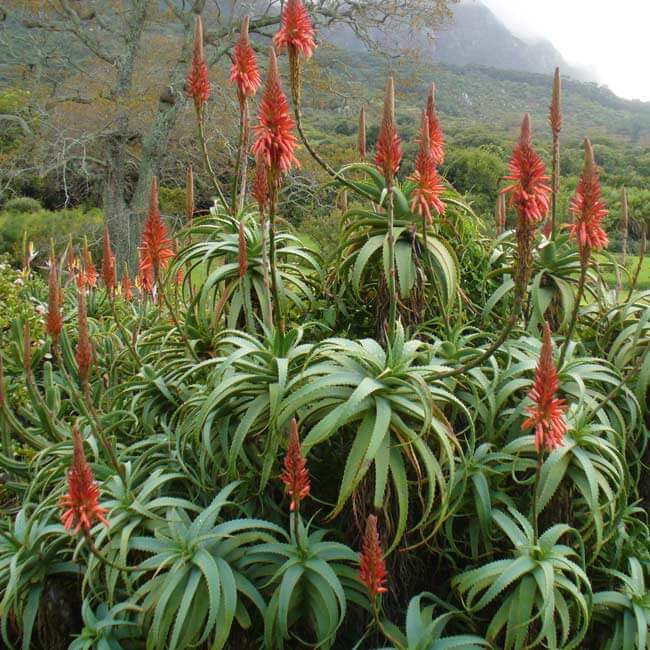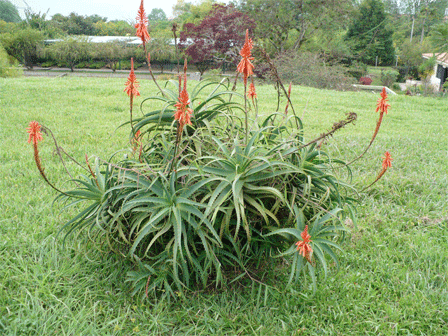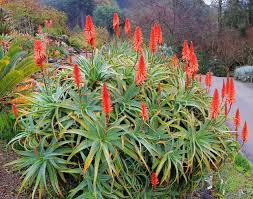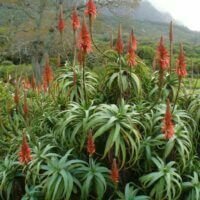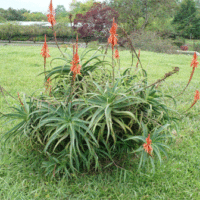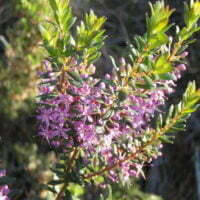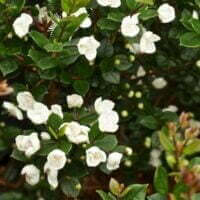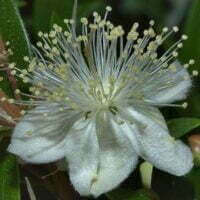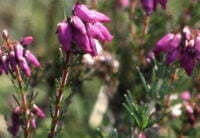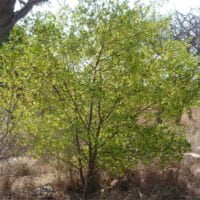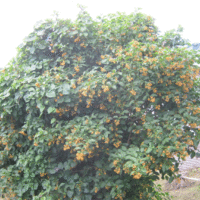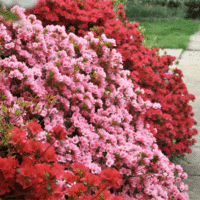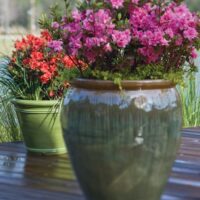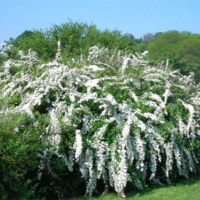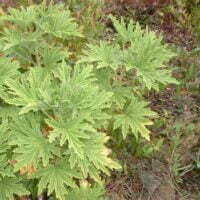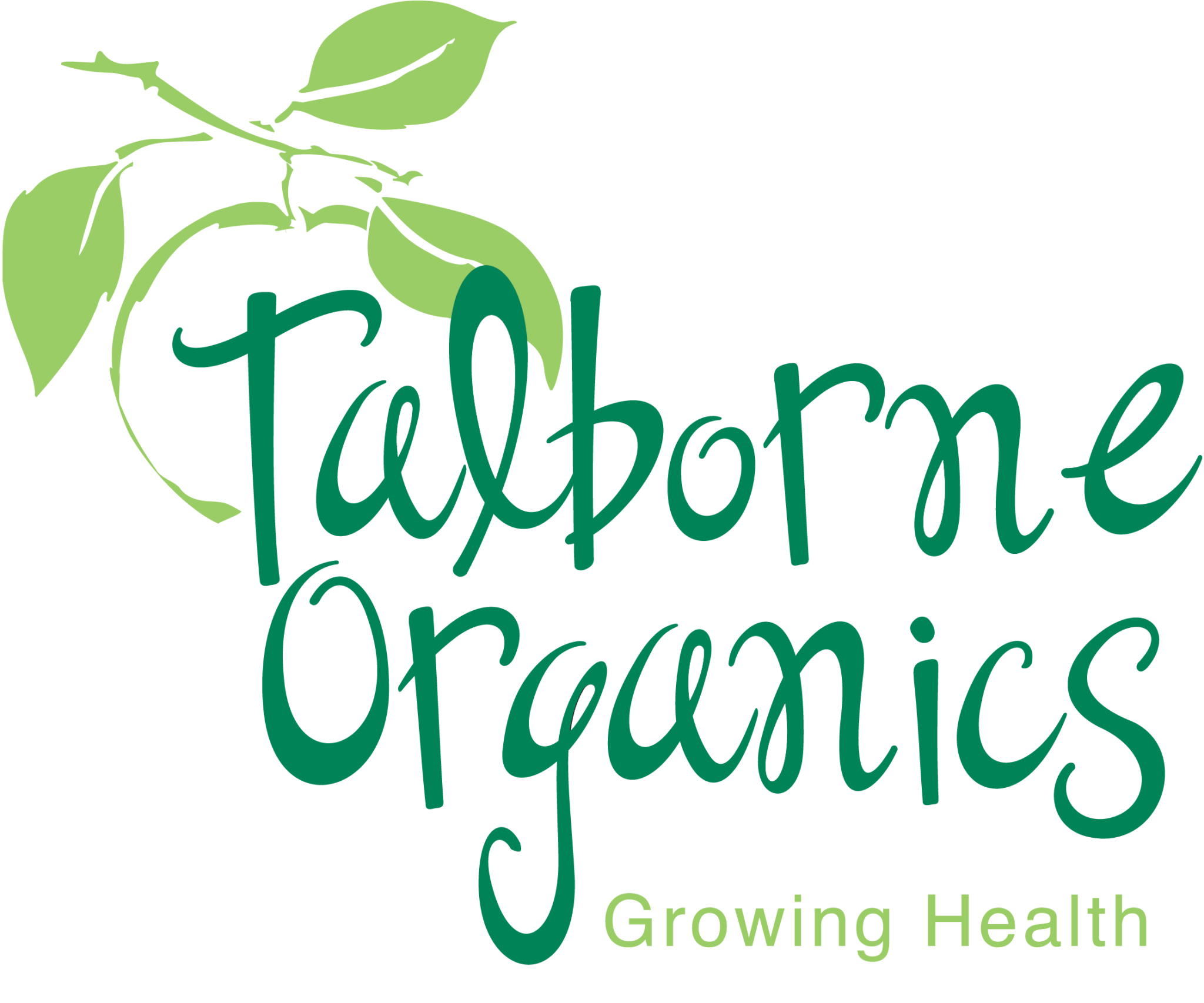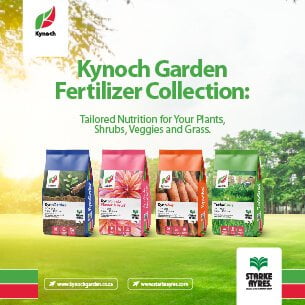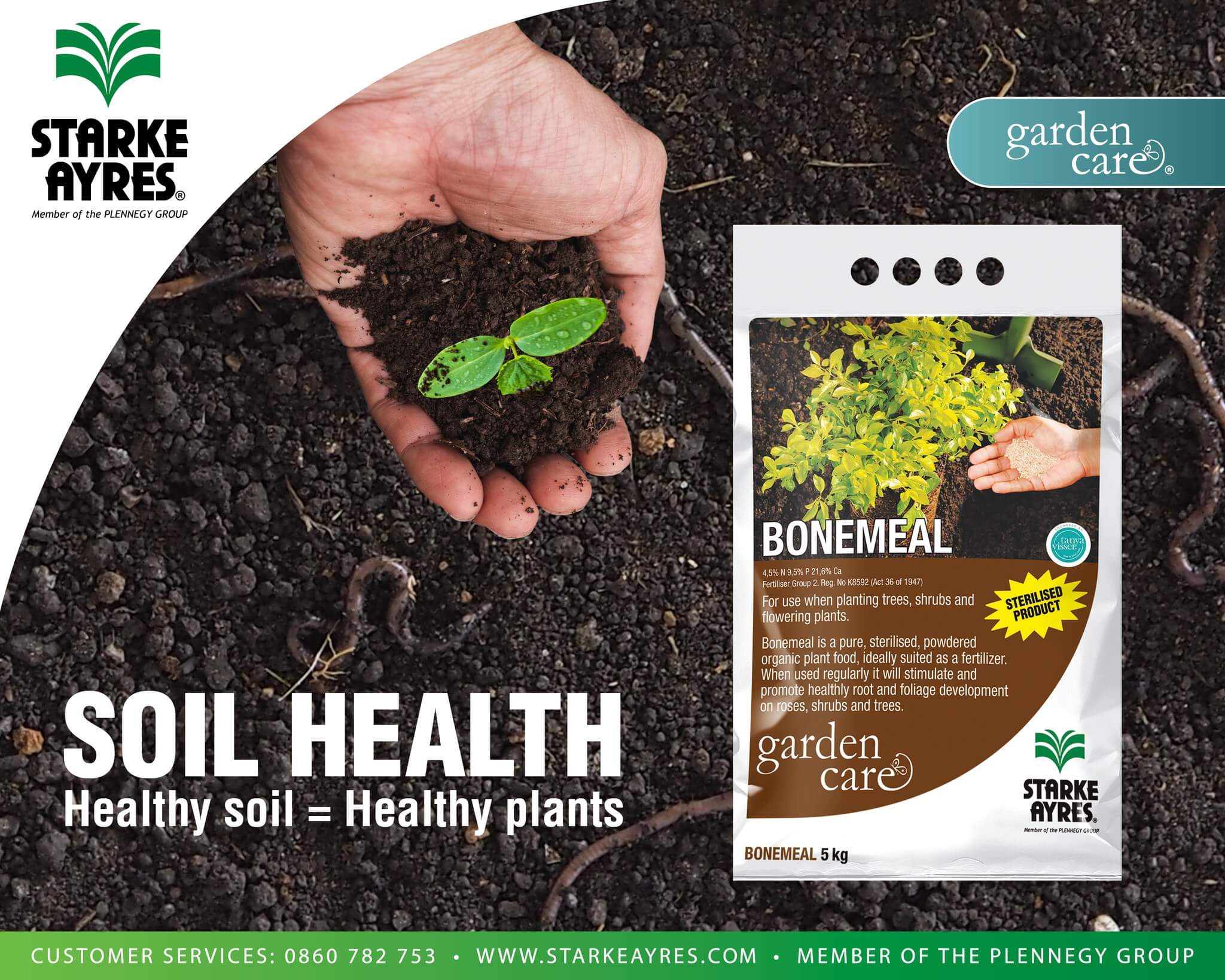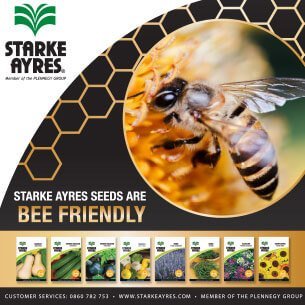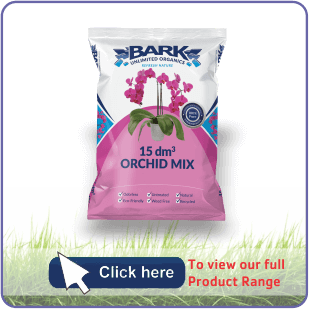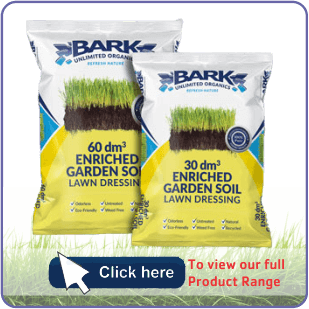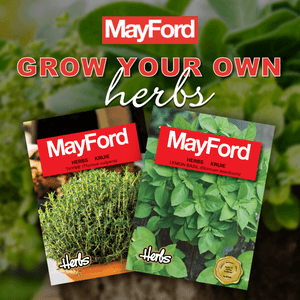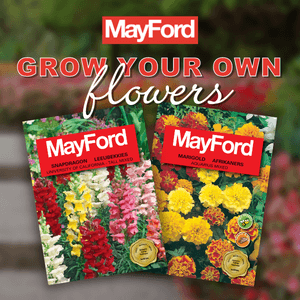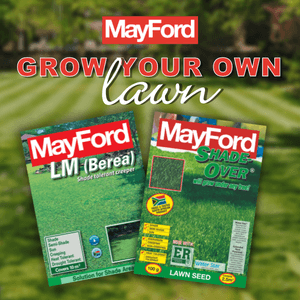| Botanical name | Aloe arborescens |
|---|---|
| Plant Care |  Full Sun Full Sun – Prefers 6 or more hours of sun per day.  Half Sun Half Sun – Prefers 3 To 6 Hours of Sunlight a Day.  Semi Frost Hardy Semi Frost Hardy – Is Able to Survive Moderately Low Temperatures.  Low Watering Low Watering – Requires Little Water.  Indigenous Indigenous – Originates in South Africa. |
| Size | |
| Categories | |
| Flowers | May June July In Winter, Krantz aloe bears orange to red flowers. Attracts Birds |
| Common name(s) | Krantz aloe, Candelabra aloe |
| Origin | |
| Foliage | Krantz aloe has blue green, curved and tapering, toothed leaves/foliage. The rosettes of fleshy leaves are edged with recurving prickles. |
| Uses in landscape design | Suitable for growing in coastal areas. Makes an excellent, impenetrable hedge, and is a useful screening plant and a good container subject in hot dry areas. Outstanding for harsh conditions. |
| Drought tolerance | High |
| Planting instructions | Needs well-drained soil. Will flourish in a well-prepared hole containing compost and bone meal when planted. |
| Soil conditions | Needs well-drained soil. Will flourish in a well-prepared hole containing compost and bone meal when planted. |
| Uses | Uses:: Cullinary: Medicinal: yes Cultural: Commercial: Cosmetics: Other Uses: Part Used: Attracts: Features: |
| Plant features | Sap extracted from the leaves has medicinal uses for skin ailments or burns. Tolerates windy conditions, Indigenous/ Native to South Africa |
Aloe arborescens (Krantz aloe, Candelabra aloe)
- Botanical name: Aloe arborescens
- Common name(s): Krantz aloe, Candelabra aloe
- Categories: Aloes and Succulents, Shrubs and Perennials
Plant description:
Krantz aloe is native to Southern Africa, it has blue green, curved and tapering, toothed leaves/foliage. This aloe species usually forms a dense, shrubby bush. Flower-spikes with hanging tubular flowers appear freely from May to June. Flowers are usually red (but may be yellow or orange, depending on the locality). Slow growing and drought tolerant the Krantz aloe is prone to infestations of scale insect, which can be treated with mineral oil-based insecticide. Suitable for growing in coastal areas. This plant attracts birds, butterflies and bees.
Family: Asphodeloideae
Synonym: Aloe candelabra
Botanical Pronunciation: AL-oh-ee are-bore-ESS-enz
Aloe arborescens requirements and features
info on these icons
Moderate Maintenance
Requires moderate maintenance.
Prohibited Use Notice: No Data Scraping Allowed Except for Search Engine Indexing:
The content provided on PlantInfo.co.za is intended for personal, non-commercial use only. Unauthorized extraction, reproduction, or use of the data, including scraping, for any purpose other than search engine indexing is strictly prohibited. Violations of these terms may result in legal action. By accessing and using this website, you agree to comply with these conditions and acknowledge the legal restrictions on the use of our content.
May June July
In Winter, Krantz aloe bears orange to red flowers.
 Attracts Birds
Attracts Birds
Krantz aloe has blue green, curved and tapering, toothed leaves/foliage. The rosettes of fleshy leaves are edged with recurving prickles.








